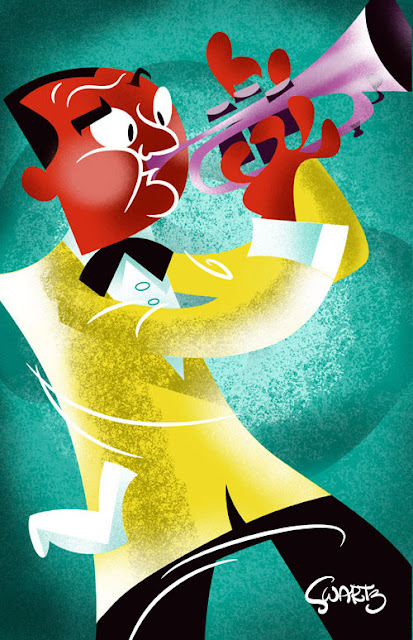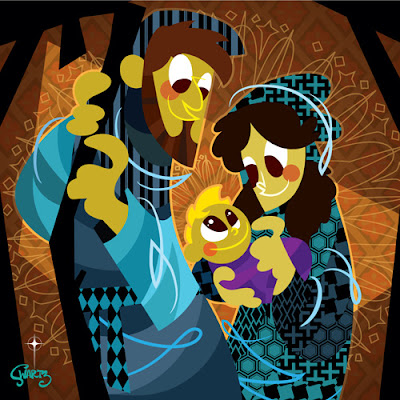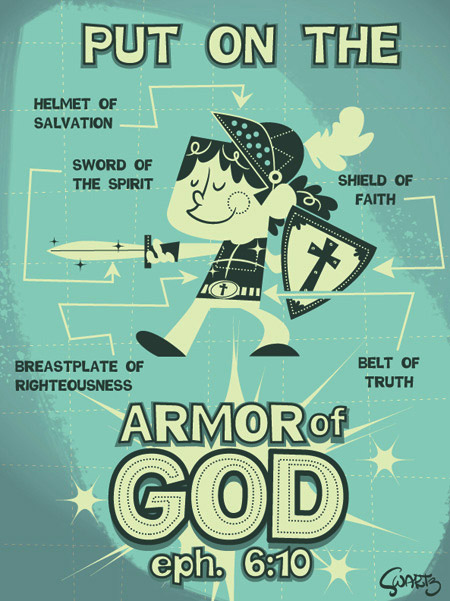In 2010, Aaron Swartz, a 26-year-old computer programmer and founder of Reddit, downloaded thousands of scholarly articles from the online journal archive JSTOR. He had legal access to the database through his research fellowship at Harvard University; he also, however, had a history of dramatic activism against pay-for-content online services, having previously downloaded and released roughly 100,000,000 documents from the PACER (Public Access to Court Electronic Records) database, which charges eight cents per page to access public files. Given his status as a prominent “hacktivist” and the sheer quantity of files involved, law enforcement agents concluded that Swartz planned to distribute the cache of articles and indicted him on multiple felony counts carrying a possible sentence of $1 million in fines and 35 years in prison.
Swartz was slated to go to trial this year but committed suicide in early January, prompting a public outcry against the prosecution in his case. Swartz was a prominent voice in the heated debate surrounding modern copyright law and public access and use (see his 2008 “Guerrilla Open Access Manifesto”). New York’s current issue contains a great feature from Wesley Yang discussing Swartz’s activism, his life, and the controversy in which he was embroiled.
In the ongoing debate over Swartz’s prosecution, we’ve pulled together a brief reading list on the issues surrounding American copyright in the digital age from OUP’s stable:
Copyright’s Paradox by Neil Weinstock Netanel
Netanel weighs current IP law against the basic right of freedom of speech. Like Swartz, he finds it unacceptably constricting.
The Oxford Introductions to U.S. Law: Intellectual Property by Dan Hunter
A concise overview of the current state and history of IP law in America from a prominent New York University IP expert.
Copyright and Mass Digitization by Maurizio Borghi and Stavroula Karapapa
Two UK scholars discuss “whether mass digitisation is consistent with existing copyright principles.”
How to Fix Copyright by William Patry
A Senior Copyright Counsel at Google takes a look at the changing economic realities of the globalizing, digitizing world and concludes that our government must “remake our copyright laws to fit our times.”
Democracy of Sound by Alex Sayf Cummings
An overview of music piracy stretching back to the advent of recorded sound. The RIAA made headlines throughout the last decade by litigating against users who shared music online, but musicians, record companies, songwriters, and fans were navigating this territory for nearly a century before the Internet became a factor.
Unfair to Genius: The Strange and Litigious Career of Ira B. Arnstein by Gary Rosen
The story of one early 20th century musician who spent decades conducting high-profile lawsuits against the leading pop icons of the day. Though he never won a single case, Ira Arnstein managed to have a significant impact on the shape of music copyright through the decisions in his numerous cases.
Without Copyrights: Piracy, Publishing, and the Public Domain by Robert Spoo
Spoo homes in on the contested publication of Ulysses to reveal the impact on copyright of literary modernism (and vice versa). Characters such as Ezra Pound, the infamous publisher Samuel Roth, and of course James Joyce flesh out a revealing story about artists grappling with free speech and authorship.
Oxford University Press is committed to developing outstanding resources to support students, scholars, and practitioners in all areas of the law. Our practitioner programme continues to grow, with key texts in commercial law, arbitration and private international law, plus the innovative new ebook version of Blackstone’s Criminal Practice. We are also delighted to announce the new edition of the Max Planck Encyclopedia of Public International Law, one of the most trusted reference resources in international law. In addition to the books you can find on this page, OUP publishes a wide range of law journals and online products.
Subscribe to the OUPblog via email or RSS.
Subscribe to only law and politics articles on the OUPblog via email or RSS.
The post American copyright in the digital age appeared first on OUPblog.

Are you familiar with the work of Daniel Swartz? If you aren't, you're missing out on some really fun illustrations. Daniels' work has a cool retro vibe with a modern day Cartoon Network kind of flair - a little like
The Mighty B meets
The Jetsons.
Cartoon style illustrators don't get enough recognition online. As you can clearly see from Daniel's work these illustrators are every bit as talented as illustrators working in other styles. Daniel approaches his craft with the intent to create artwork that is unique and memorable, pushing the limits of his creative thinking and technical skills.
Daniel is a vector man - meaning he works primarily in Adobe Illustrator. The great textures he adds to his work, together with the many layers of color, give his illustrations a rare depth and richness that isn't found in some vector art.
Daniel has exhibited art in two Society of Illustrators annual shows in Los Angeles. His list of clients includes, AAA, Bookmarks Magazine, Virginia Public Libraries and others.
By John Sutherland
We can never know the Victorians as well as they knew themselves. Nor–however well we annotate our texts–can we read Victorian novels as responsively as Victorians read them. They, not we, own their fiction. Thackeray and his original readers shared a common ground so familiar that there was no need for it to be spelled out. The challenge for the modern reader is to reconstruct that background as fully as we can. To ‘Victorianize’ ourselves, one might say.
It goes beyond stripping out the furniture of everyday life (horses not motorised transport, no running hot water, rampant infectious diseases) into attitudes. Can we—to take one troublesome example—in reading, say, Vanity Fair, ‘Victorianize’ our contemporary feelings about race? Or should we accept the jolt that overt 19th-century racism gives the modern reader, take it on board, and analyse what lies behind it?
It crops up in the very opening pages of Vanity Fair. Thackeray’s first full-page illustration in the novel shows the coach carrying Amelia and Becky (she hurling her Johnson’s ‘Dixonary’ out of the window) from Miss Pinkerton’s to the freedom of Russell Square. Free, free at last. Looked at closely, we may also note a black footman riding postilion in the Sedley coach. He is, we later learn, called Sambo. He features a couple of times in the first numbers and his presence hints, obliquely, that the slave trade is one field of business that the two rich merchants, Mr Sedley and Mr Osborne, may have made money from. The trade was, of course, abolished by Wilberforce’s act in 1805, but slaves continued to work in the British West Indies on the sugar plantations until the 1830s. The opening chapters of Vanity Fair are set in 1813.
When we first encounter George Osborne and Dobbin, they are just back from the West Indies. What was their regiment doing? Protecting the British interest in sugar cane production in the Caribbean possessions of the Crown (it is, incidentally, the same crop which enriches Mr Rochester in Jane Eyre and the Bertram family in Jane Austen’s Mansfield Park; the English were addicted to sugar in their tea and cakes).
There is another character in the novel with an interest in the West Indies. Amelia’s and Becky’s schoolmate at Miss Pinkerton’s academy, Miss Swartz, is introduced as the rich woolly-haired mulatto from St. Kitt’s.’ St. Kitt’s, one of the Leeward Islands in the Caribbean, had (until well into the twentieth century) a monoculture economy based on one crop, sugar. The plantations were worked, until the mid-1830s, by slaves–of whom Miss Swartz’s mother must have been one. Dobbin’s and George’s regiment, the ‘—-th,’ has recently been garrisoned at St. Kitts just before we encounter them. One of their duties would be to put down the occasional slave rebellions.
Miss Swartz is, we deduce, the daughter of a sugar merchant (the name hints at Jewish paternity) who has consoled himself with a black concubine. This was normal practice. It was also something painfully familiar to Thackeray. His father had been a high-ranking official in the East India Company. Thackeray, we recall, was born in Calcutta and educated himself on money earned in India. Before marrying, Thackeray’s father, as was normal, had a ‘native’ mistress and by her an illegitimate daughter, Sarah Blechynden. It was an embarrassment to the novelist, who declined any relationship with his half-sister in later life. In the truly hideous depiction Thackeray made of Miss Swartz (he illustrated his fiction, of course) in chapter 21 (‘Miss Swartz Rehearsing for the Drawing-Room’) one may suspect spite and an element of sham













Fantastic illustration designs collection. You have done really excellent job. I like your collection very much. Thanks a lot for sharing these awesome post with us. I'll visit your blog again.